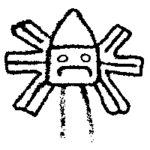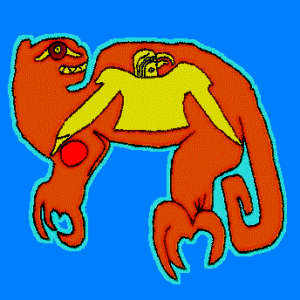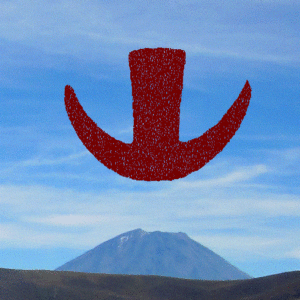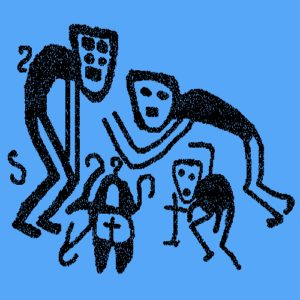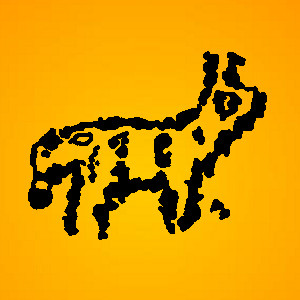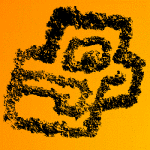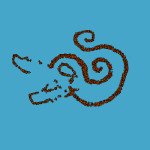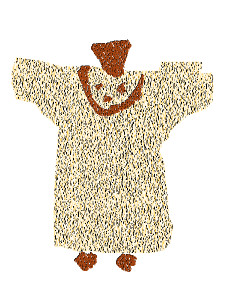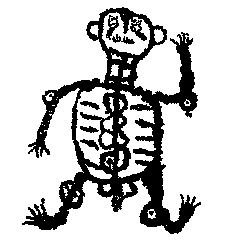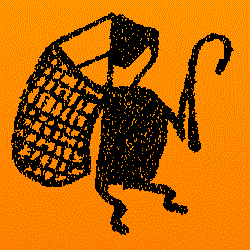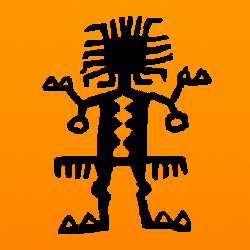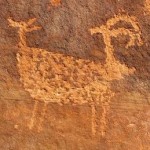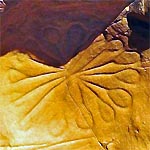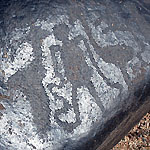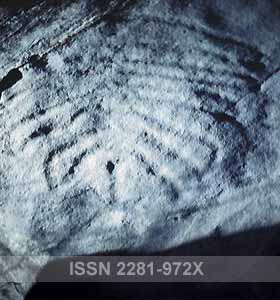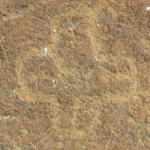 En el Valle de Chicama en el norte de Perú hay muchos sitios de arte rupestre. Más de 20 sitios han sido reportados en esta cuenca (Castillo Benites 2006). Sin embargo, hay sólo unos pocos sitios que tienen un gran número de paneles con petroglifos. La mayoría de los otros sitios de la cuenca de Chicama tienen sólo uno o algunos paneles de petroglifos y la mayoría de ellos son poco conocidos. Este artículo se trata de un sitio poco conocido en Chicama.
En el Valle de Chicama en el norte de Perú hay muchos sitios de arte rupestre. Más de 20 sitios han sido reportados en esta cuenca (Castillo Benites 2006). Sin embargo, hay sólo unos pocos sitios que tienen un gran número de paneles con petroglifos. La mayoría de los otros sitios de la cuenca de Chicama tienen sólo uno o algunos paneles de petroglifos y la mayoría de ellos son poco conocidos. Este artículo se trata de un sitio poco conocido en Chicama.
By Maarten van Hoek
